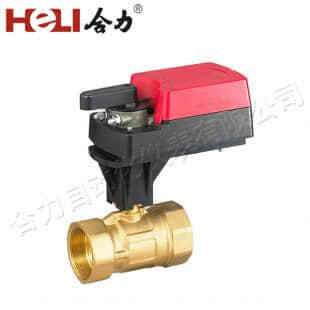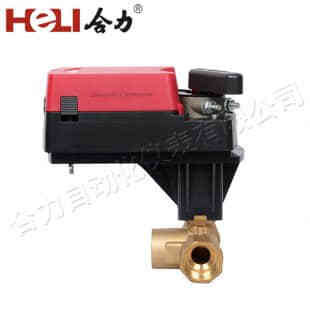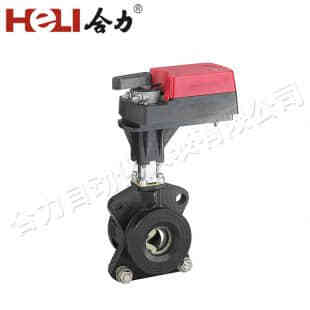Damper actuators are essential components in modern HVAC (Heating, Ventilation, and Air Conditioning) systems, playing a crucial role in regulating airflow, enhancing energy efficiency, and maintaining indoor comfort. These devices control the position of dampers, which are mechanical components that regulate the flow of air or gas within ductwork. In this article, we will explore the function, types, and applications of damper actuators, as well as their significance in ensuring optimal HVAC performance.

What is a Damper Actuator?

A damper actuator is a device used to adjust the position of a damper, typically in air-handling units, ventilation systems, or industrial processes. Dampers themselves are adjustable plates or valves that can open, close, or regulate airflow through ducts. The damper actuator is responsible for moving these dampers to the correct position, depending on system requirements. This adjustment can be controlled manually, pneumatically, or electronically, depending on the type of actuator. Function of Damper Actuators Damper actuators serve several important functions within an HVAC system:
